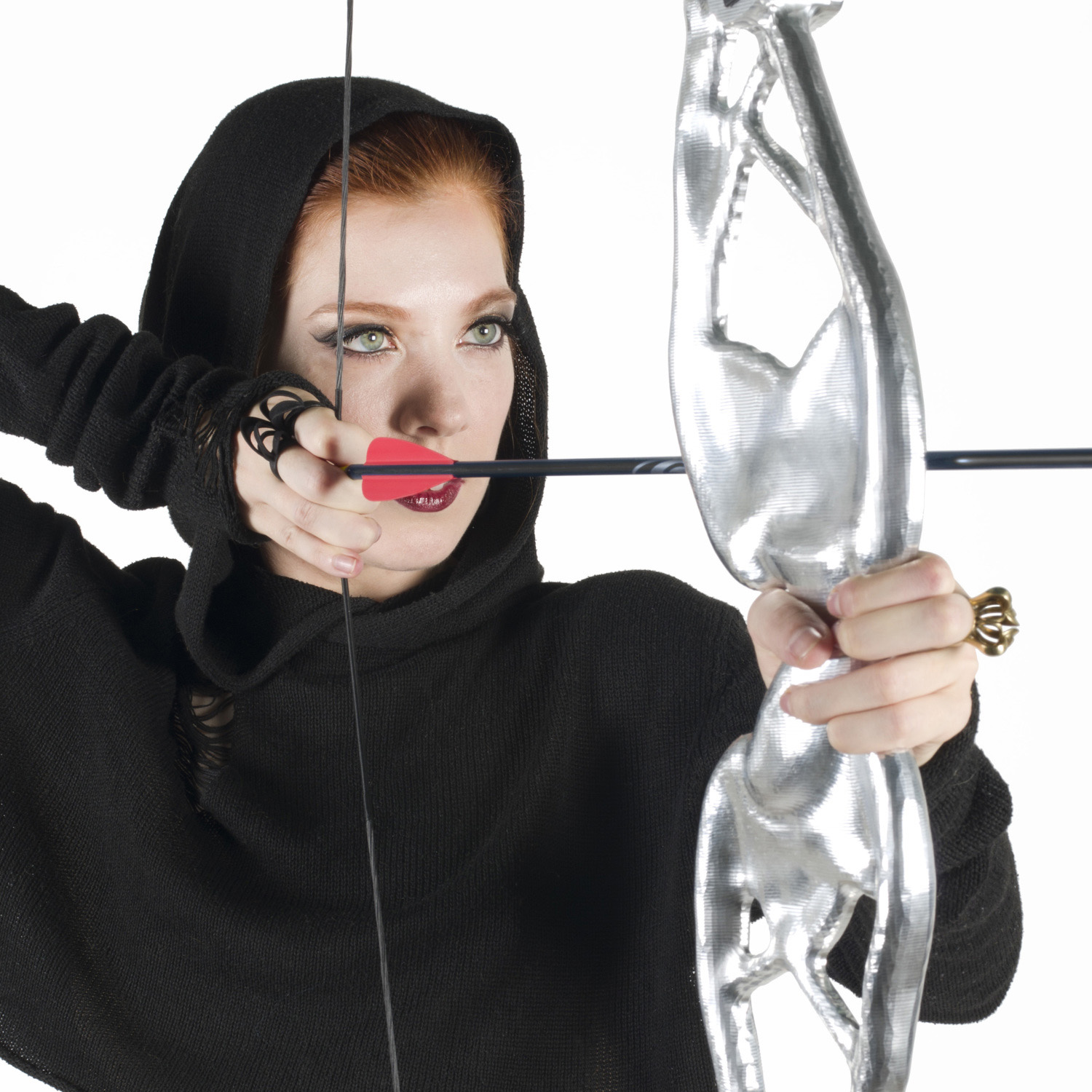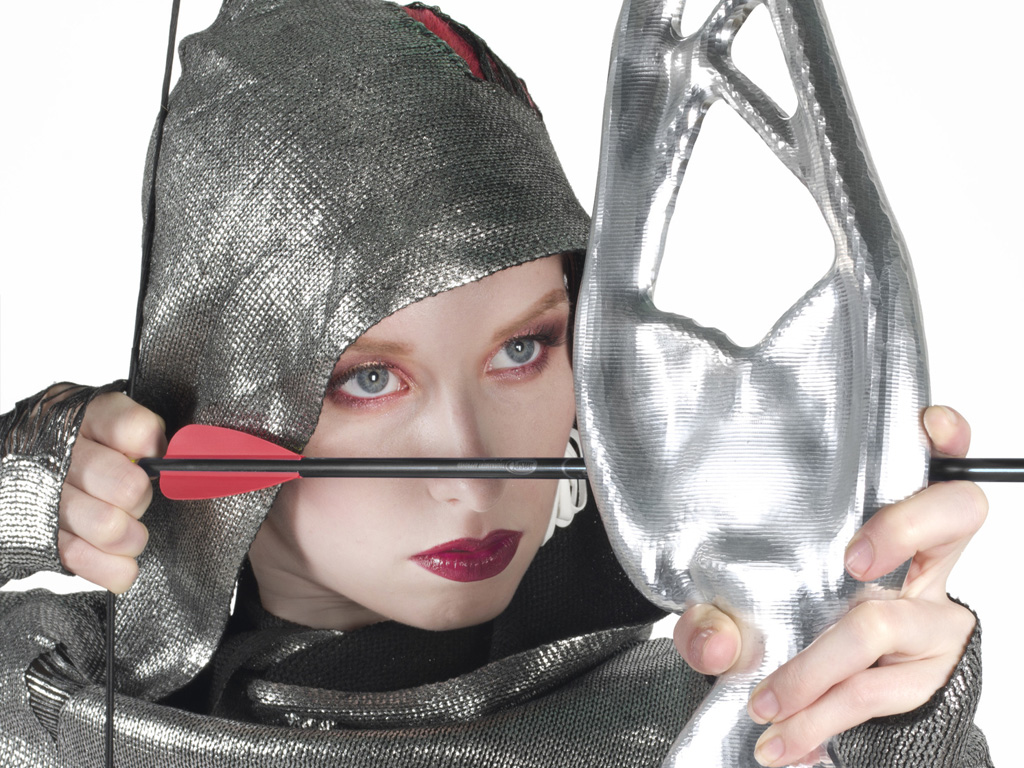APPROACHING DESIGN
Optimal uses 21st century technology to redefine a primeval philosophy and mechanism. The form is software-generated from inputed material data, tolerances and constraints to determine an optimal outcome for the desired performance of the bow.
The result is 71,000 years of bow design history reevaluated and abstracted to reenvision contemporary archery.
TEKINA - OPTIMAL RECURVE BOW
An approach to designing with generative processes, the Optimal Bow Tekina is functional artwork that merges the worlds of Archery, Art and Technology.
Applying design philosophies with real world applications, Optimal is a digital organic form that takes an algorithmic approach to developing materials for better performance in archery and inspires involvement with the athletic artform.
PROCESS: NEW ROLE OF THE DESIGNER
The bow design process began with a passion: researching disparate ways in which different cultures framed their archery philosophies and shooting practices. Anthropological references vary from culture to culture and between time periods-- yet the mechanism of shooting an arrow is consistently similar.
Thus, the Optimal Bow begins with a new approach to design. Starting with design as a strategy, the abstraction of the bow's form refined design constraints into variables. An existing recurve bow was 3D scanned, and points of interest were extracted.
The goal was to create a user-centered design customized to their hand and needs, while also accounting for material properties of strength, weight, and performance engineered to account for forces applied to the form.
SETUP
The bow's riser is simplified into basic functions: a handle, arrow shelf, mounts for accessories, and mounts for holding the wooden limbs.
As displayed to the right, silver denotes objects that need to be connected, each with load cases (green lines). For example, the screws at the top and bottom need to withstand 40lbs of backdrawn force. The cyan indicates void objects where the software avoids drawing. Aluminum was chosen as the material for this object, and its properties are added to the calculations.
With these simple inputs, the software begins to draw its solution. (below)
SOLUTION
The result is 71,000 years of design history and interactions with the bow generatively designed with algorithms inspired by math and nature to create a new approach and philosophy to Archery, Art, and Technology.
Tekina is a prototype for creating with generative design and inspiration for the involvement of Archery.
Get inspired to design and got out to shoot some arrows with friends.
TEKINA, 2015
the Optimal Bow is functional artwork merging the worlds of Archery, Art and Technology.
Aluminum, with wooden limbs
165 x 30 x 4.5 cm
65 x 12 x 1.75 in
Optimal Bow Tekina shooting test
CNC 3D milling of the Optimal Bow Tekina in Aluminum
PRODUCTION
The Optimal bow uses a series of cutting edge contemporary technology.
Dreamcatcher software with Autodesk Research
3D scanning with the Artec Eva 3D scanner
3D Milling with a Haas Mill
The prototype bow was created at Autodesk Pier 9
The bow is not limited by production or material choice. It can also easily be produced by 3D printing. 3D printed Titanium offers a thinner lighter design.
As well as, conventional manufacturing processes such as casting metal.
In collaboration with:
John Briscella - Designer
Aminimal Studio - John Briscella and Lana Briscella
Autodesk P9 AIR
Autodesk Research - Project Dreamcatcher: Erin Bradner and Michael Bergin
Film and Digital Story teller - Charlie Nordstrom, Erika Rodgers, and Blue Bergen
Lana Briscella and Erika Rodgers - Models; Christine Geiger - Makeup
Special Thanks for making things happen: Autodesk, Carl Bass, Vanessa Sigurdson, Noah Weinstien










